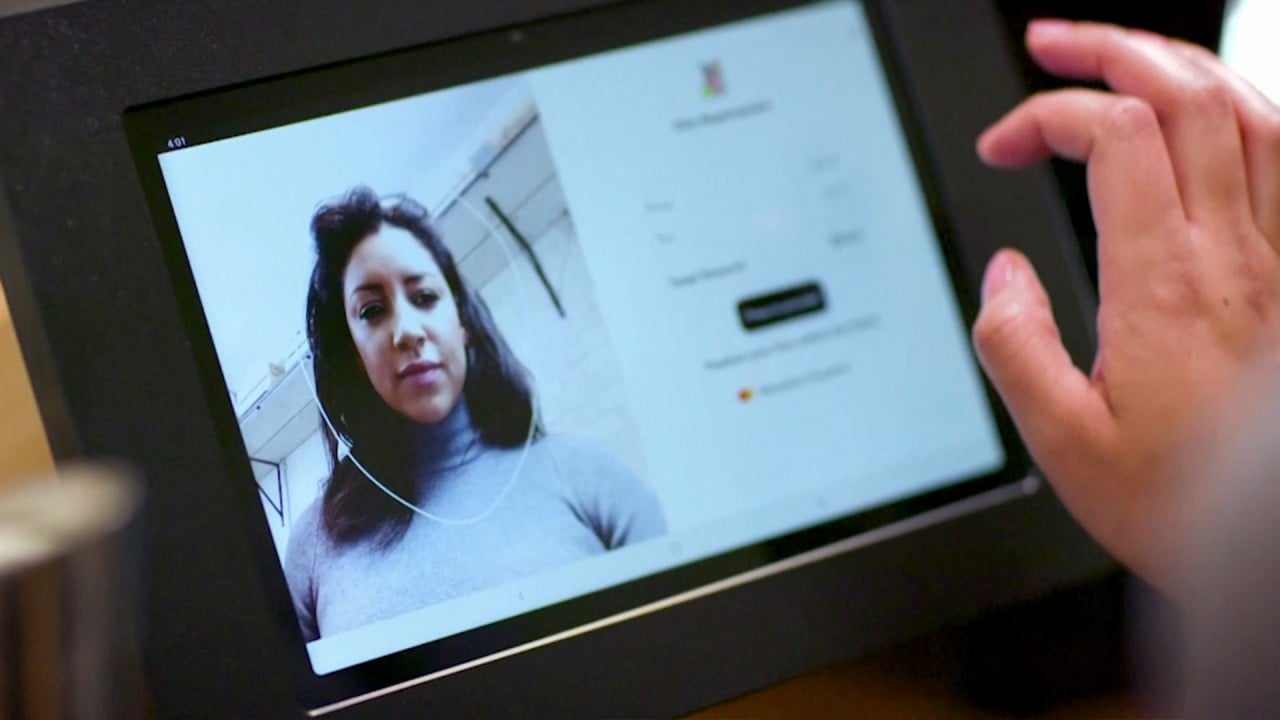
02:10
Pay with a smile: Mastercard launches biometrics for facial recognition
all about cryptop referances
These collaborations will help migrant workers to get money for their families faster and make life easier for international students, but this rapidly changing digital financial ecosystem has the potential to be so much more. It can help people in low-income countries across Asia lift themselves out of poverty and take more control of their financial lives.
The Covid-19 pandemic accelerated use of digital payments as the fear of getting sick made cash transactions feel unsafe and impractical. Fintech came to the rescue of households that needed supplies but were locked down; local vendors and small businesses were ready to sell these supplies, and the banks created the infrastructure to help do so.
According to a McKinsey survey, 75 percent of people who used digital payment methods for the first time during the pandemic indicated that they would continue to use them even after things were back to normal, a reality seen in the growing number of cashless transactions across Asia. Fintech funding in the region has more than doubled from US$5.2 billion to US$11.2 billion in the past two years, contributing more than 40 percent of the US$23.2 billion in global fintech investment.
This is not limited to digital payments across national borders. There were few stand-alone digital banks before the pandemic, but now this sector is poised for further growth as digital banking accelerates. In a rapid rise, China’s digital banks have amassed roughly 5 percent of the country’s $700 billion market share.
This is also the case with South Korea’s KakaoBank, which attracted more than 10 million customers two years later launch in 2017 and now has around 5 per cent of the country’s unsecured consumer loan market. Since 2019, the Hong Kong Monetary Authority has issued eight virtual banking licensesincluded to Standard Chartered-backed Mox and Livithe virtual bank owned by Bank of China.
Virtual banking is making life easier for small businesses and changing the way street vendors across Asia operate. Asia is already a hotspot for investment in startups, and that is expected to continue, creating more support for new businesses that would struggle to secure loans from traditional brick-and-mortar banks.
The rise of fintech and the support of small businesses in Asia go hand in hand with the penetration of smartphones in low-income communities. According to a 2021 GSMA intelligence report, 1.2 billion people across Asia were connected to mobile internet by the end of 2020, representing a penetration rate of 42 percent.
While there are many challenges, including defining data protection and privacy as societies digitize, one of the benefits of this is the unique access it provides to decision makers. According to a report from the World Bank, digital payments enable governments to reach out with effective support in the form of health services, education and social protection and welfare measures in low-income communities. This is likely to make preparing for future challenges, such as another pandemic, much easier.
The geopolitical consequences of these transitions are significant. For years, China was the nerve center around which all Asian trade flowed. Today, with growing fintech collaborations and increasing mobile penetration, India, Bangladesh, Vietnam and Indonesia are emerging as hotspots.
In response to these changing dynamics, traditional Asian banks must be wary of losing market share as cross-border fintech collaborations make inroads at a rapid pace.
Many of these also embrace welfare measures. Take, for example, the Mekong Business Initiative, a joint venture between the Asian Development Bank and the Australian government that supports small businesses in Southeast Asia. The initiative has launched Kiu, a new e-commerce platform that will help SMEs in the region access financing and developed markets by connecting them with virtual loans and credit.
Fintech collaborations like these are now at the heart of Asian finance and have the potential to propel regional economies into the future. As Asia claims the global fintech spotlight, governments will continue to push towards a cashless economy, which is more transparent, accessible and could change the way Asia does business.
Kamala Thiagarajan is a freelance journalist based in Madurai, South India